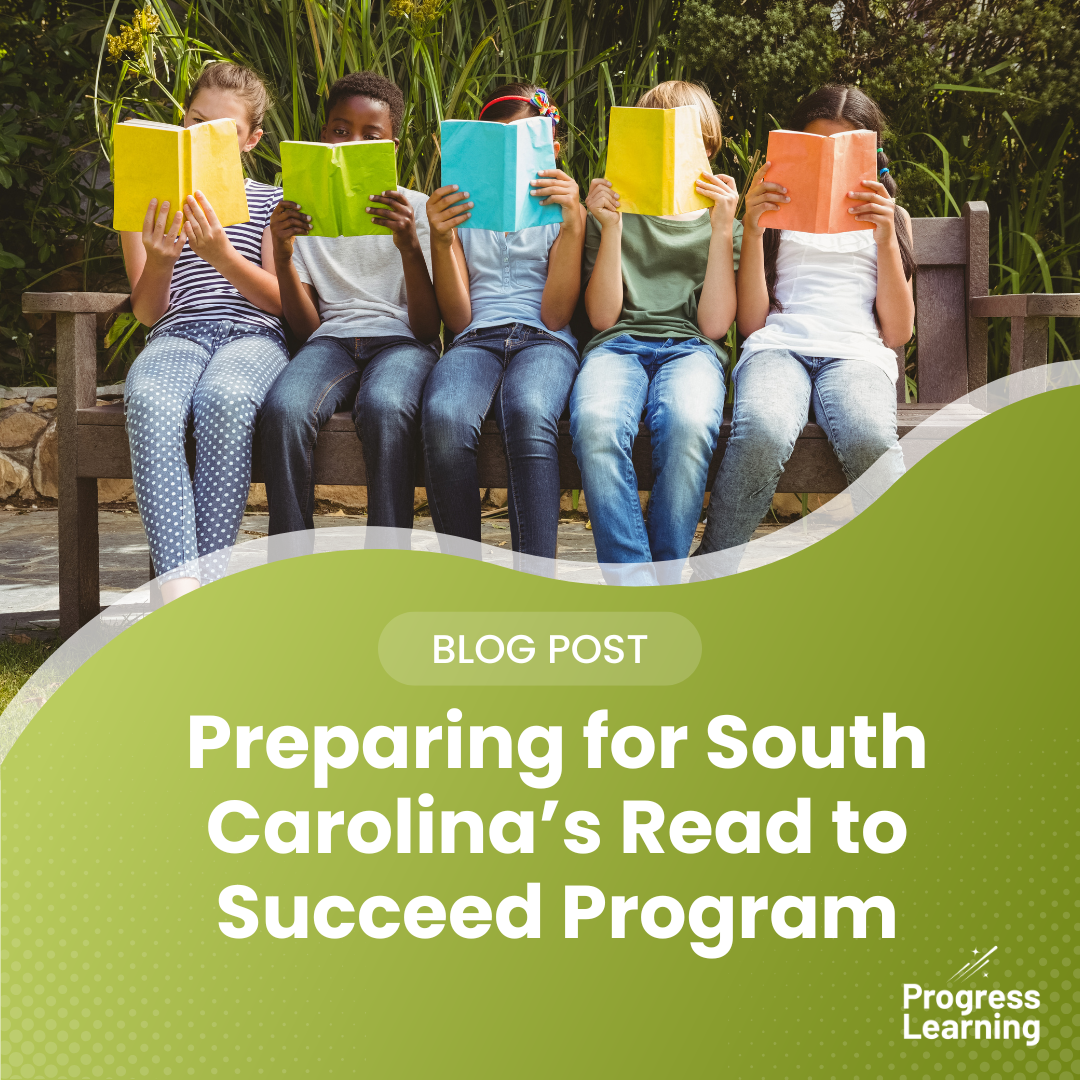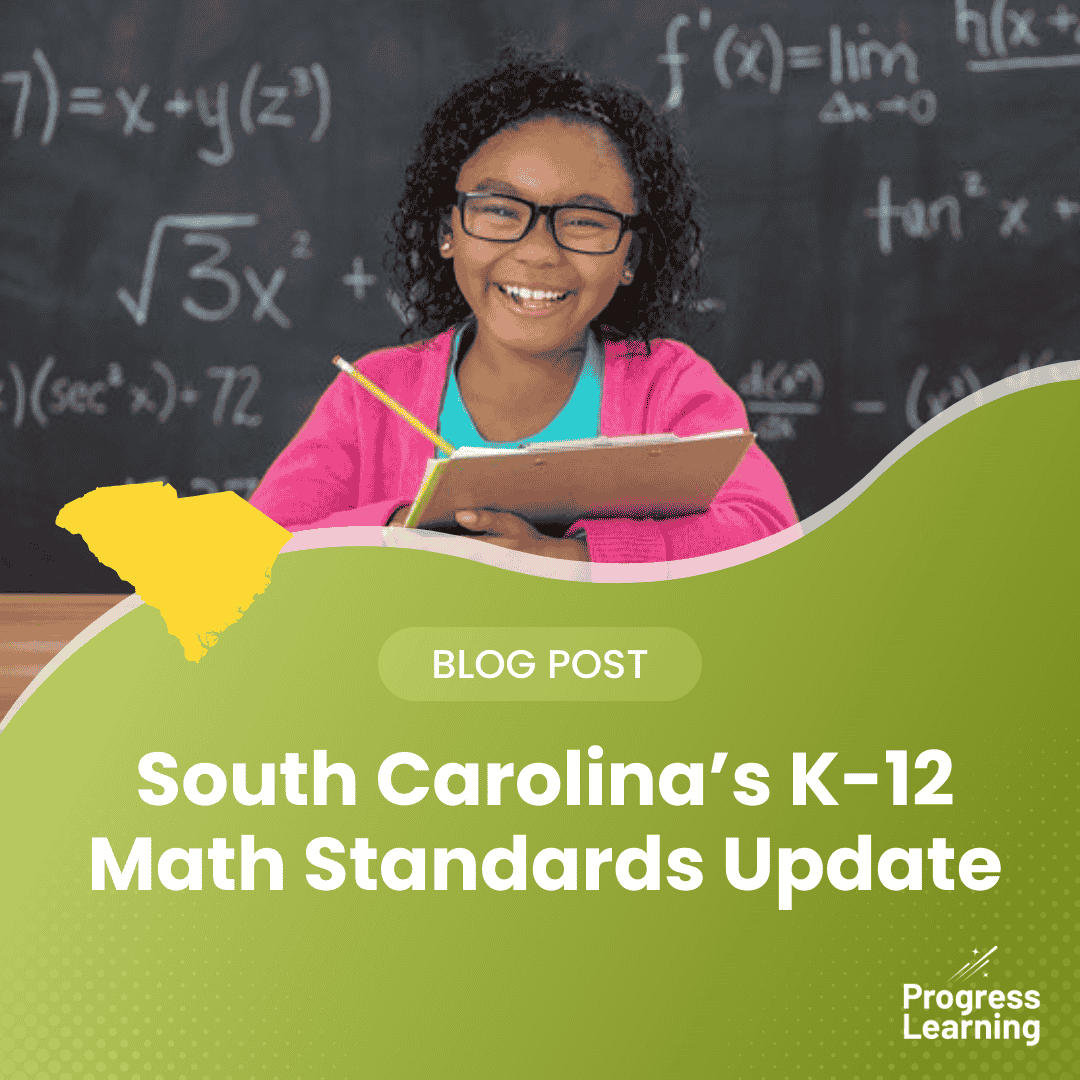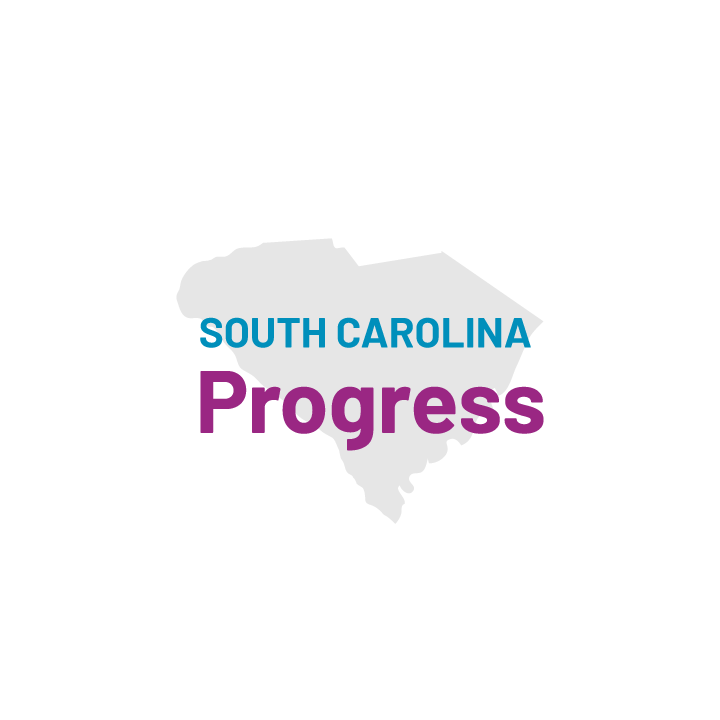SC READY Score Ranges Explained: What Do They Mean for Your School?
Each spring, students in grades 3–8 across South Carolina take the SC READY assessments. These tests measure mastery of the South Carolina College and Career-Ready Standards and serve as a key accountability metric for schools. For educators, understanding the score ranges, and what they mean, can help shape instruction and support at every level of student performance.
SC READY Score Ranges by Subject and Grade
Here’s a breakdown of score cut ranges by subject. We’ve also added estimated correct answer ranges (based on a 40-question model) to help make the levels more tangible.
ELA Score Ranges
| Grade | Performance Level | Scale Score | Correct Answers (out of 40) |
| 3 | Does Not Meet | 100–358 | 0–19 |
| Approaches | 359–451 | 20–27 | |
| Meets | 452–539 | 28–35 | |
| Exceeds | 540–825 | 36–40 | |
| 4 | Does Not Meet | 100–418 | 0–19 |
| Approaches | 419–508 | 20–27 | |
| Meets | 509–591 | 28–35 | |
| Exceeds | 592–850 | 36–40 | |
| 5 | Does Not Meet | 100–448 | 0–19 |
| Approaches | 449–556 | 20–27 | |
| Meets | 557–652 | 28–35 | |
| Exceeds | 653–875 | 36–40 | |
| 6 | Does Not Meet | 100–454 | 0–19 |
| Approaches | 455–574 | 20–27 | |
| Meets | 575–666 | 28–35 | |
| Exceeds | 667–900 | 36–40 | |
| 7 | Does Not Meet | 100–511 | 0–19 |
| Approaches | 512–614 | 20–27 | |
| Meets | 615–703 | 28–35 | |
| Exceeds | 704–925 | 36–40 | |
| 8 | Does Not Meet | 100–536 | 0–19 |
| Approaches | 537–641 | 20–27 | |
| Meets | 642–736 | 28–35 | |
| Exceeds | 737–950 | 36–40 |
Math Score Ranges
| Grade | Performance Level | Scale Score | Correct Answers (out of 40) |
| 3 | Does Not Meet | 100–359 | 0–20 |
| Approaches | 360–437 | 21–28 | |
| Meets | 438–542 | 29–35 | |
| Exceeds | 543–825 | 36–40 | |
| 4 | Does Not Meet | 100–400 | 0–20 |
| Approaches | 401–480 | 21–28 | |
| Meets | 481–562 | 29–35 | |
| Exceeds | 563–850 | 36–40 | |
| 5 | Does Not Meet | 100–447 | 0–20 |
| Approaches | 448–534 | 21–28 | |
| Meets | 535–621 | 29–35 | |
| Exceeds | 622–875 | 36–40 | |
| 6 | Does Not Meet | 100–452 | 0–20 |
| Approaches | 453–542 | 21–28 | |
| Meets | 543–626 | 29–35 | |
| Exceeds | 627–900 | 36–40 | |
| 7 | Does Not Meet | 100–487 | 0–20 |
| Approaches | 488–576 | 21–28 | |
| Meets | 577–648 | 29–35 | |
| Exceeds | 649–925 | 36–40 | |
| 8 | Does Not Meet | 100–526 | 0–20 |
| Approaches | 527–614 | 21–28 | |
| Meets | 615–682 | 29–35 | |
| Exceeds | 683–950 | 36–40 |
Science Score Ranges
| Grade | Performance Level | Scale Score | Correct Answers (out of 40) |
| 4 | Does Not Meet | 1370–1433 | 0–22 |
| Approaches | 1434–1449 | 23–27 | |
| Meets | 1450–1467 | 28–34 | |
| Exceeds | 1468–1530 | 35–40 | |
| 6 | Does Not Meet | 1570–1636 | 0–22 |
| Approaches | 1637–1649 | 23–27 | |
| Meets | 1650–1664 | 28–34 | |
| Exceeds | 1665–1730 | 35–40 |
Understanding the Ranges & How to Support Students
Every SC READY performance level tells a different story about where a student is in their learning journey, and what kind of support will help them move forward. Below is a breakdown of what each range means and how schools can respond effectively using targeted strategies and tools like Progress Learning.
Does Not Meet Expectations
These students are significantly below grade level and often struggle with the foundational skills needed to succeed. They may experience difficulty with reading comprehension, basic math fluency, or scientific reasoning and vocabulary.
Instructional Focus:
- Implement intensive remediation focused on core foundational skills.
- Use diagnostic tools like Progress Learning’s Liftoff to precisely identify gaps and generate individualized learning paths.
- Deliver small-group or one-on-one instruction to increase engagement and provide immediate feedback.
- Monitor progress regularly through formative assessments to adjust instruction as needed.
Goal: Close gaps quickly with structured intervention to build a strong academic foundation and boost confidence.
Approaches Expectations
Students in this range are just below proficiency. They’ve grasped many key concepts but may have inconsistencies in understanding or performance. This group is highly responsive to strategic support.
Instructional Focus:
- Identify and focus on priority standards where performance was just under mastery.
- Use “quick-click remediation” in Progress Learning to reteach with targeted videos and reassess immediately.
- Group students based on shared needs for differentiated instruction that zeroes in on specific misconceptions.
Goal: Accelerate these learners toward proficiency by removing the final obstacles in their understanding.
Meets Expectations
These students are performing on grade level and demonstrate mastery of grade-level standards. However, maintaining momentum is key: they need challenge and exposure to higher-order thinking.
Instructional Focus:
- Enrich and extend learning through complex tasks, writing-based responses, and performance-based assessments.
- Incorporate technology-enhanced items (TEIs) like drag-and-drop, multi-select, and constructed-response to build assessment readiness.
- Foster metacognitive strategies, encouraging students to articulate their reasoning and reflect on their thinking.
Goal: Sustain progress and deepen understanding to prevent plateauing and support long-term academic growth.
Exceeds Expectations
High achievers are working above grade level and often thrive when given autonomy and challenge. Without new academic goals, these students can become disengaged or under-stimulated.
Instructional Focus:
- Offer higher Depth of Knowledge (DOK) tasks and opportunities to apply learning to real-world scenarios.
- Integrate cross-grade or interdisciplinary projects to stretch their thinking.
- Use adaptive assignments that respond to performance and continuously push their zone of proximal development.
Goal: Keep advanced learners engaged and growing by offering meaningful intellectual challenges.
Why This Matters
Score ranges aren’t just numbers—they represent learning opportunities. Each level tells a story about a student’s journey, and understanding those stories can drive better decisions in classrooms and school leadership.
How Progress Learning Supports SC READY Prep
Progress Learning is designed specifically to support South Carolina educators in helping students succeed on the SC READY assessments. Every question and assessment is aligned to the South Carolina College- and Career-Ready Standards—ensuring students practice with content that mirrors what they’ll see on test day.
Our platform goes beyond traditional multiple-choice practice. With a 200,000+ item bank that includes rigorous Technology-Enhanced Items (TEIs), students engage with the same question types they’ll encounter on SC READY, such as drag-and-drop, multi-select, constructed response, and more. These formats are often challenging—not because of the content, but because of unfamiliarity. Progress Learning ensures students are ready for both.
We also offer:
- Real-time reporting to track student growth and pinpoint mastery and gaps
- Individualized study plans and interventions tailored to student needs
- Integration with NWEA MAP, allowing RIT scores to drive targeted practice in Liftoff
- Quick-click remediation and adaptive intervention through Liftoff to accelerate progress
From test readiness to year-round growth, Progress Learning equips schools to meet every learner where they are—and move them forward with purpose.
Subscribe below for more help navigating the SC READY exams.


